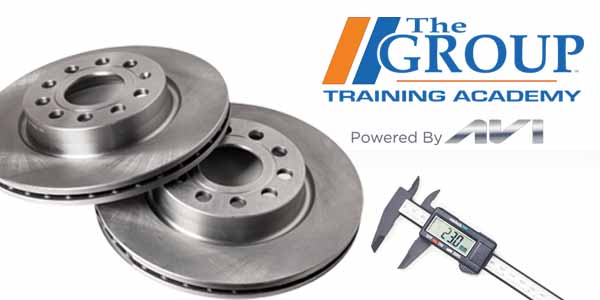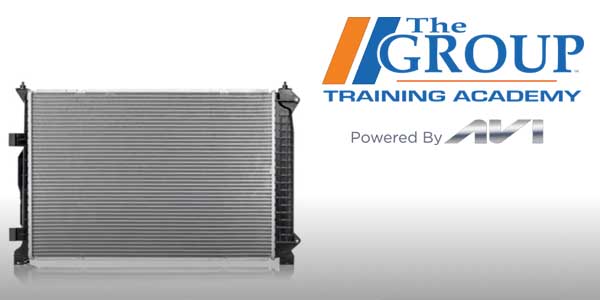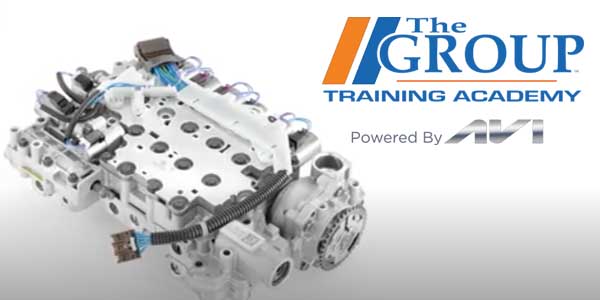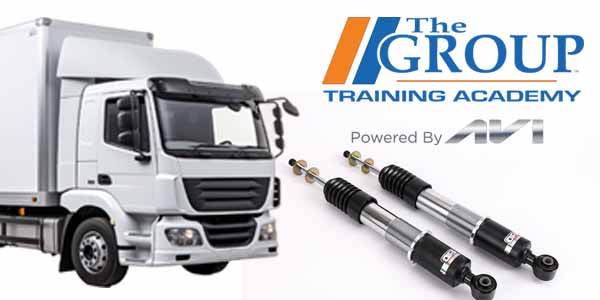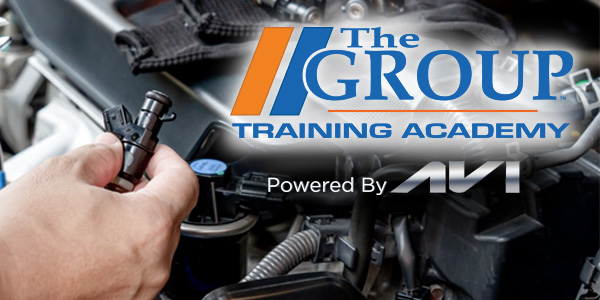Monitoring the amount of oxygen in a vehicle’s exhaust system is one way of gauging whether the correct air/fuel ratio is being used in the combustion chamber.
One of the components that does this is the oxygen sensor. The oxygen sensor detects the level of oxygen in the exhaust gases, to determine if the air-fuel mixture is rich – which means there’s too much fuel – or lean – which means there isn’t enough fuel being fed to the engine. This information is sent to the engine control unit, or ECU, which can make adjustments to the air-fuel mix as needed.
101-level stuff right? Well, what some of your customers might not know is that some vehicles come with a different sensor that serves the same purpose. We’re talking about the air/fuel sensor, or A/F sensor. Like the more well-known oxygen sensor, the A/F sensor helps create an optimal air/fuel mix by monitoring the level of oxygen in the vehicle’s exhaust gases. The A/F sensor even looks similar to the 02 sensor. But the similarities end there.
This video is sponsored by The Pronto Network.

